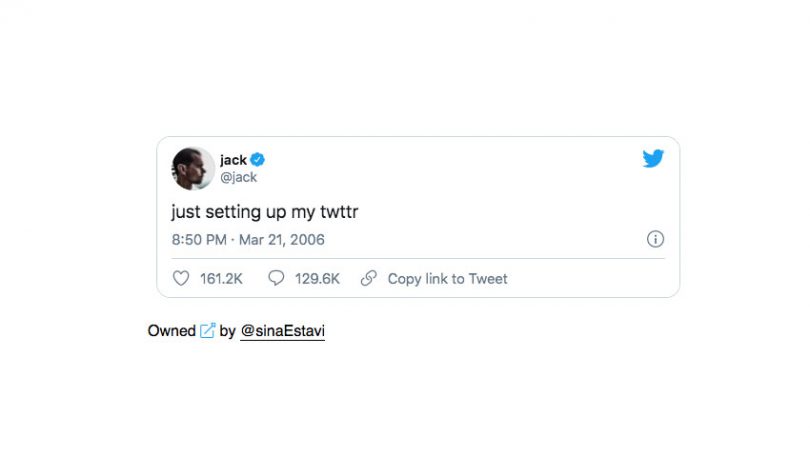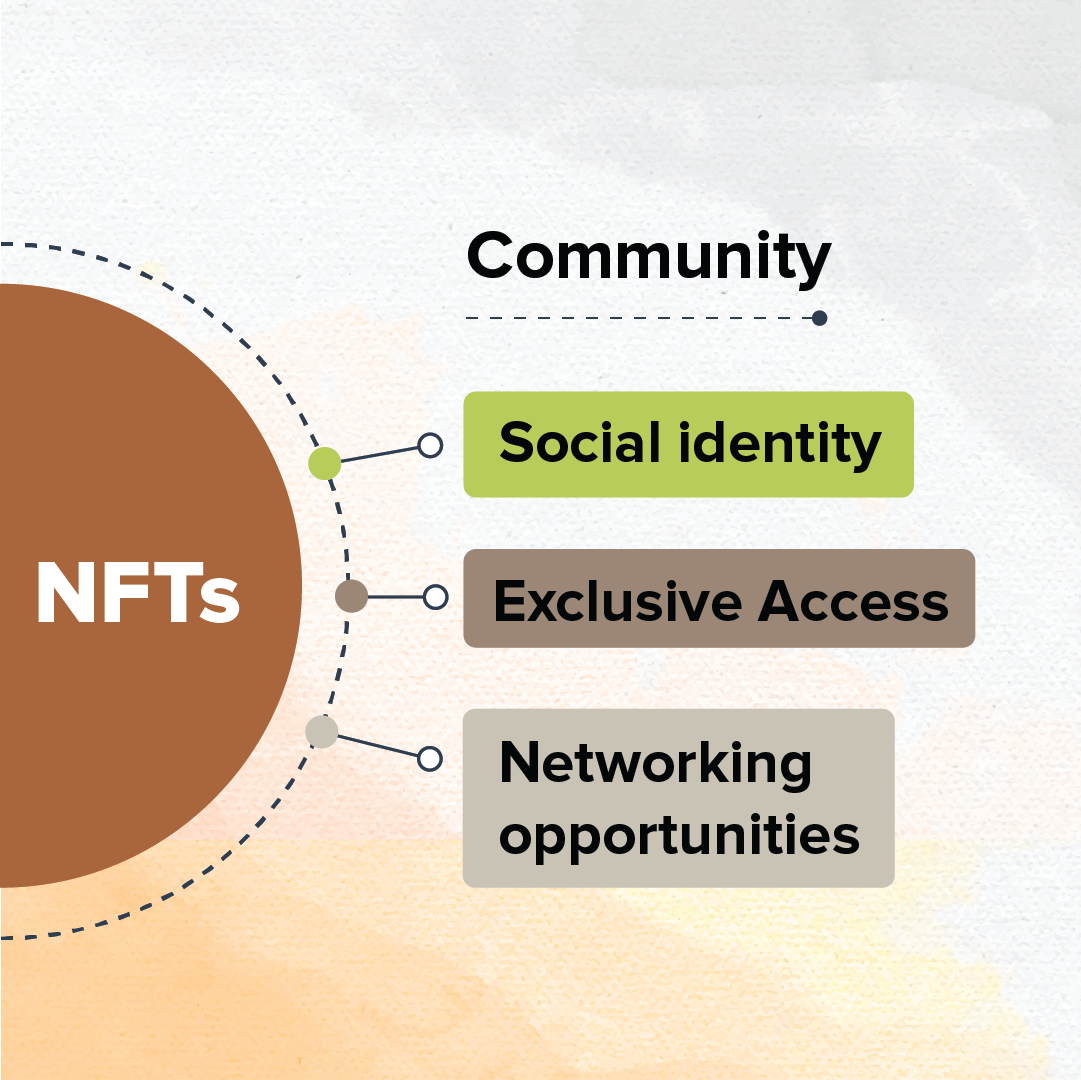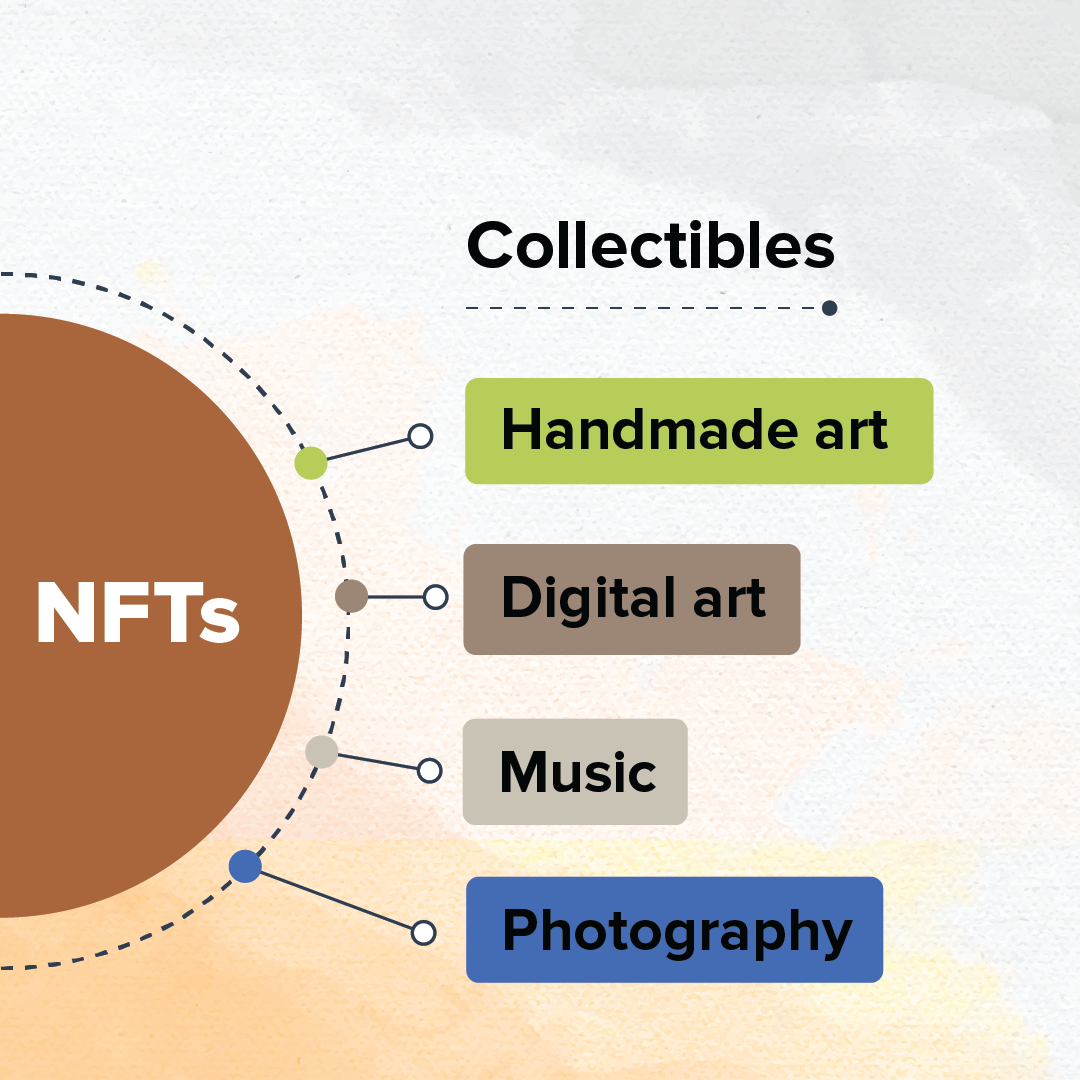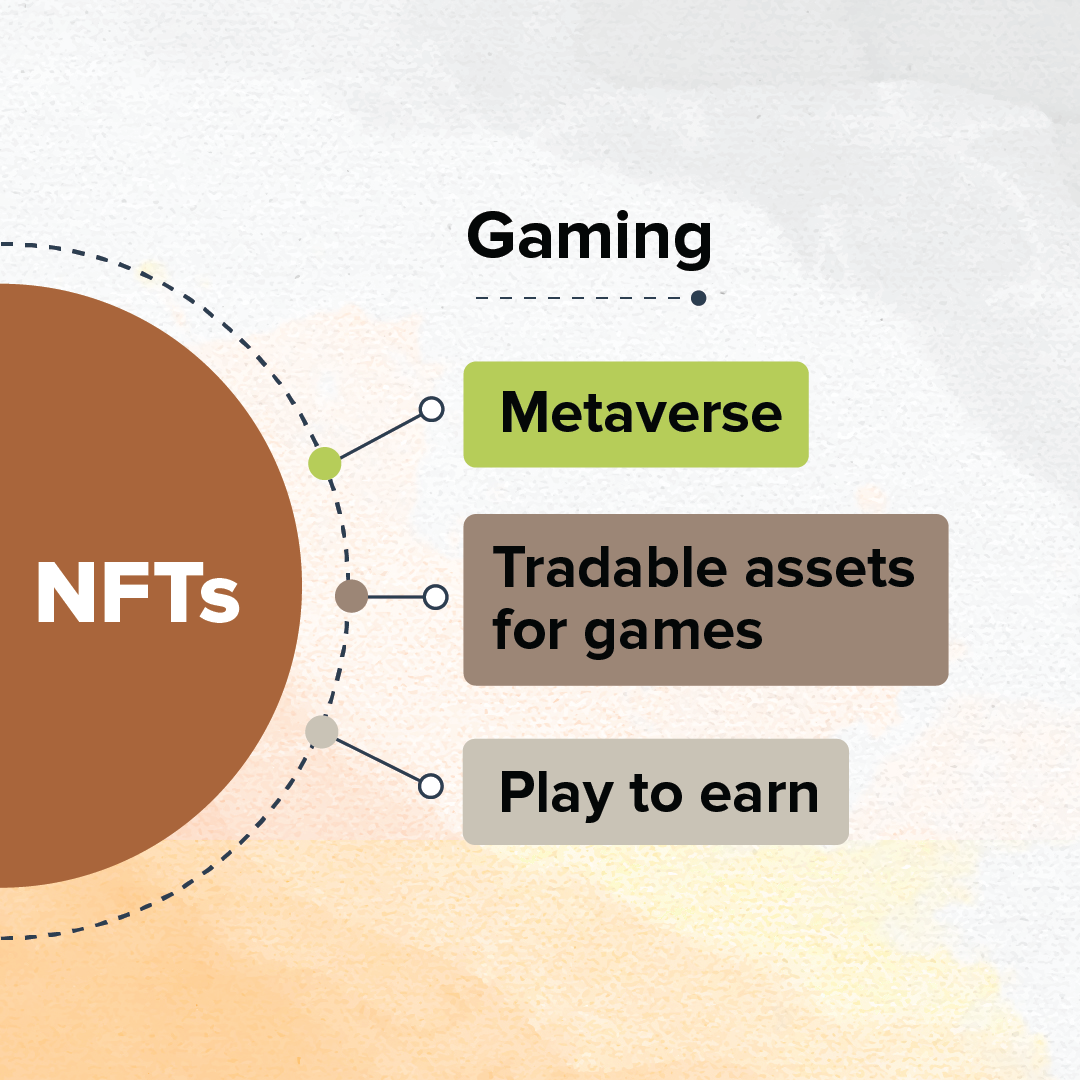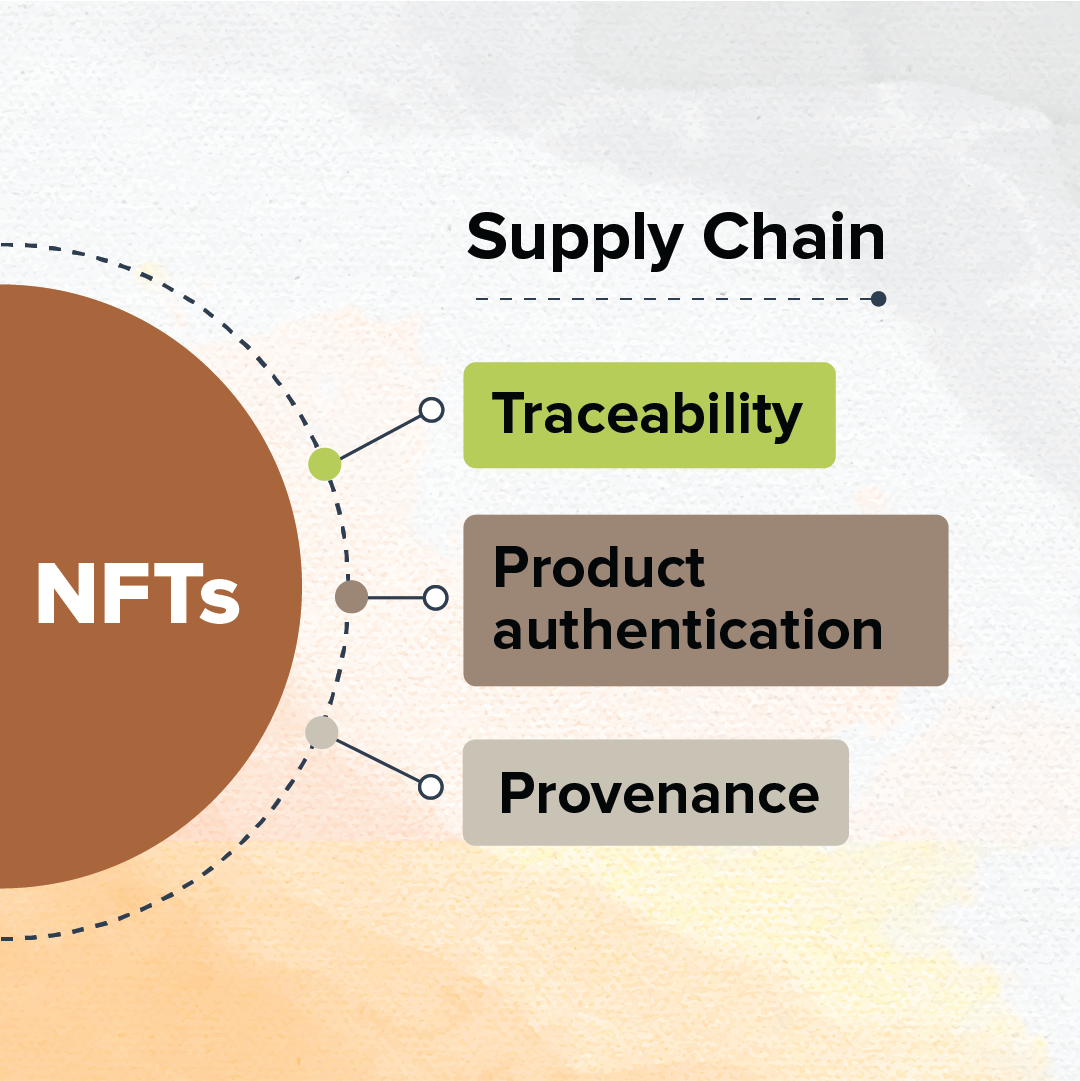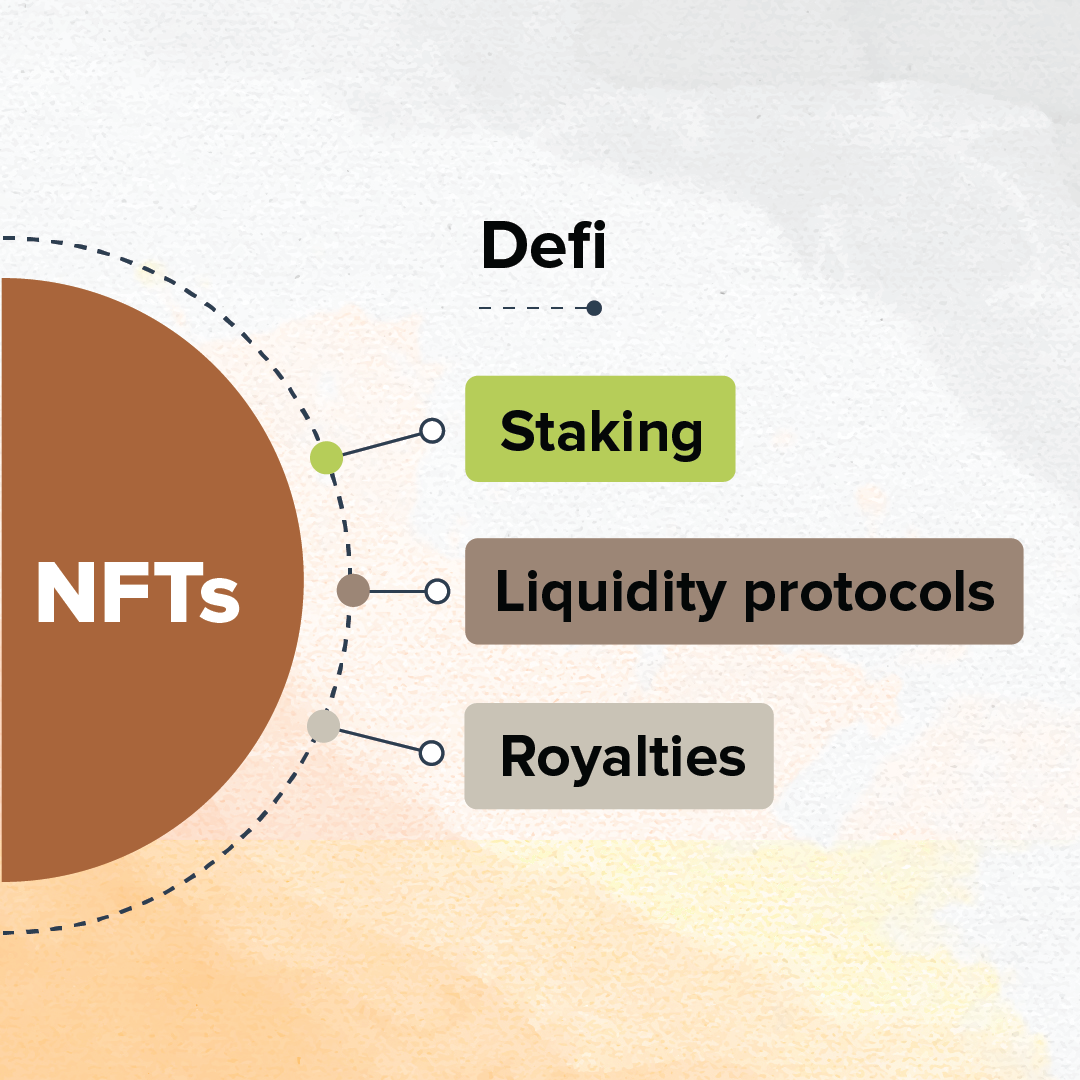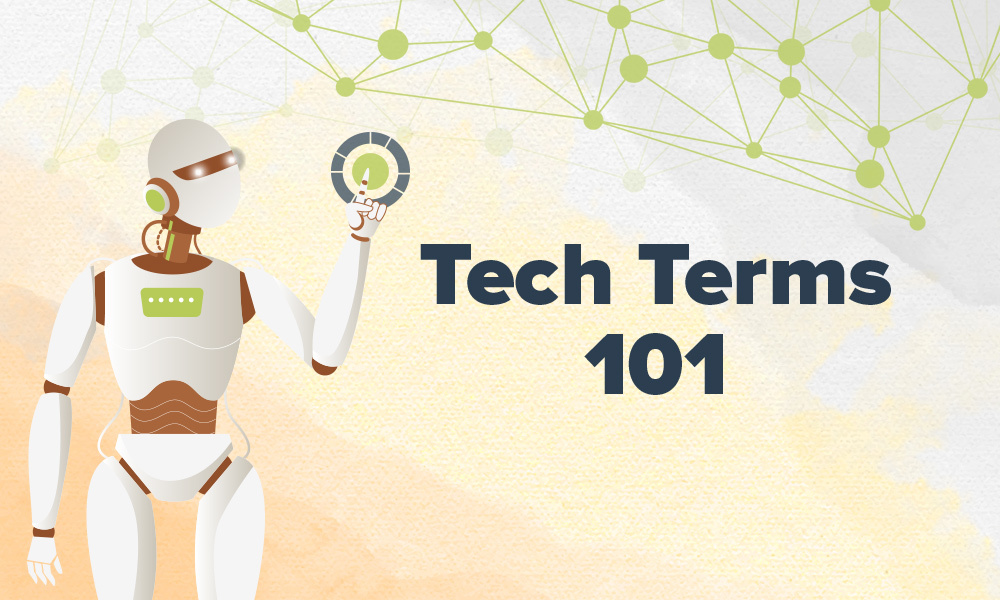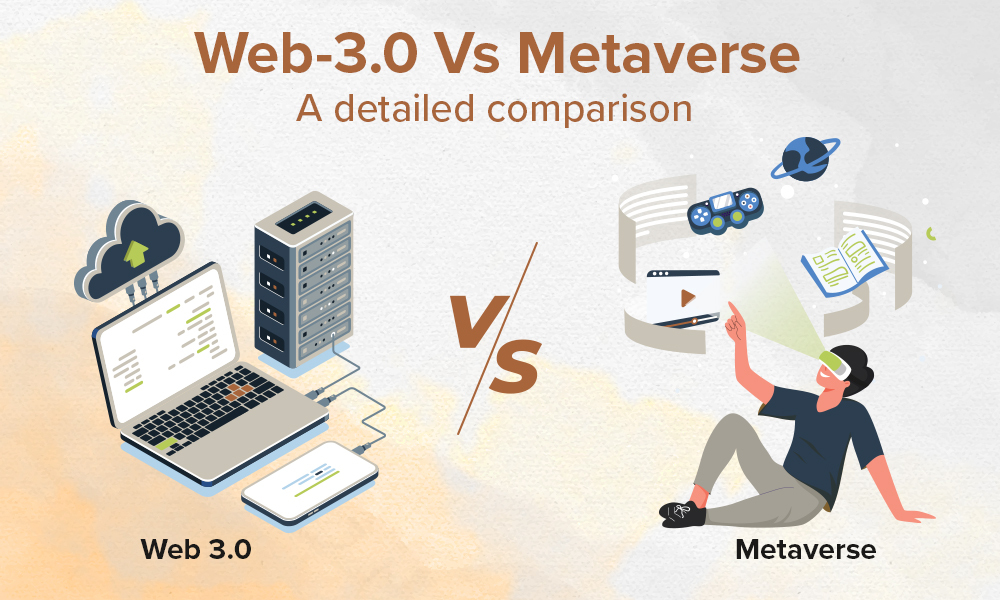NFT has become a buzz word for everyone who is remotely aware of anything surrounding cryptocurrency. Everyone wants to be into the NFT game, be it – rappers, actors, CEOs, big enterprises, fashion moguls. Companies like Adidas, Coca Cola, Mcdonald’s, Louis Vuitton, Universal, and Facebook are all throwing tons of money after it.
Definition
Non-fungible tokens (or simply called NFTs) are unique digital assets similar to cryptocurrency that are managed on a blockchain. From video clips to cover art, they can be anything as long as they’re digital. Unlike standard cryptocurrency, such as Bitcoin or Ethereum, which are fungible, each NFT is unique and can’t be replaced/exchanged with something similar. While some NFTs may have some similarities, each one is inherently unique.
Although they’ve been around since 2014, NFTs are gaining popularity now because they are becoming an increasingly famous way to buy and sell digital artwork. A staggering $174 million has been spent on NFTs since November 2017.
NFTs are also generally one of a kind, or at least one of a very limited run, and have unique identifying codes. Essentially, NFTs create digital scarcity which stands in stark contrast to most digital creations, which are almost always infinite in supply.
Hypothetically, cutting off the supply is said to raise the value of a given asset, assuming it’s in demand.
But many NFTs, at least in these early days, have been digital creations that already exist in some form elsewhere, like iconic video clips from various games or securitized versions of digital art that’s already floating around on Instagram.
Anyone can view the individual images—or even the entire collage of images online for free. So why are people willing to spend millions on something they could easily screenshot or download? Because an NFT allows the buyer to own the original item. Not only that, it contains built-in authentication, which serves as proof of ownership. Collectors value those “digital bragging rights” almost more than the item itself.
What is the difference between NFTs and cryptocurrency?
NFT stands for non-fungible token. It’s generally built using the same kind of programming a
s cryptocurrency, like Bitcoin or Ethereum, but that’s where the similarity ends.
Physical money and cryptocurrencies are “fungible,” meaning they can be traded or exchanged for one another. They’re also equal in value—one dollar is always worth another dollar; one Bitcoin is always equal to another Bitcoin. Crypto’s fungibility makes it a trusted means of conducting transactions on the blockchain.
NFTs are different. Each has a digital signature that makes it impossible for NFTs to be exchanged for or equal to one another (hence, non-fungible).
Beyond art what are the different use cases for NFTs?
NFTs exist on a blockchain, which is a distributed public ledger that records transactions. You’re probably most familiar with blockchain as the underlying process that makes cryptocurrencies possible.
Specifically, NFTs are typically held on the Ethereum blockchain, although other blockchains support them as well.
An NFT is created, or “minted” from digital objects that represent both tangible and intangible items, including:
• Art
• GIFs
• Videos and sports highlights
• Collectibles
• Virtual avatars and video game skins
• Designer sneakers
• Music
Even tweets count. Twitter co-founder Jack Dorsey sold his first ever tweet as an NFT for more than $2.9 million. Essentially, NFTs are like physical collector’s items, only digital. So instead of getting an actual oil painting to hang on the wall, the buyer gets a digital file instead.
They also get exclusive ownership rights. That’s right: NFTs can have only one owner at a time. NFTs’ unique data makes it easy to verify their ownership and transfer tokens between owners. The owner or creator can also store specific information inside them. For instance, artists can sign their artwork by including their signature in an NFT’s metadata.
The use cases of NFTs

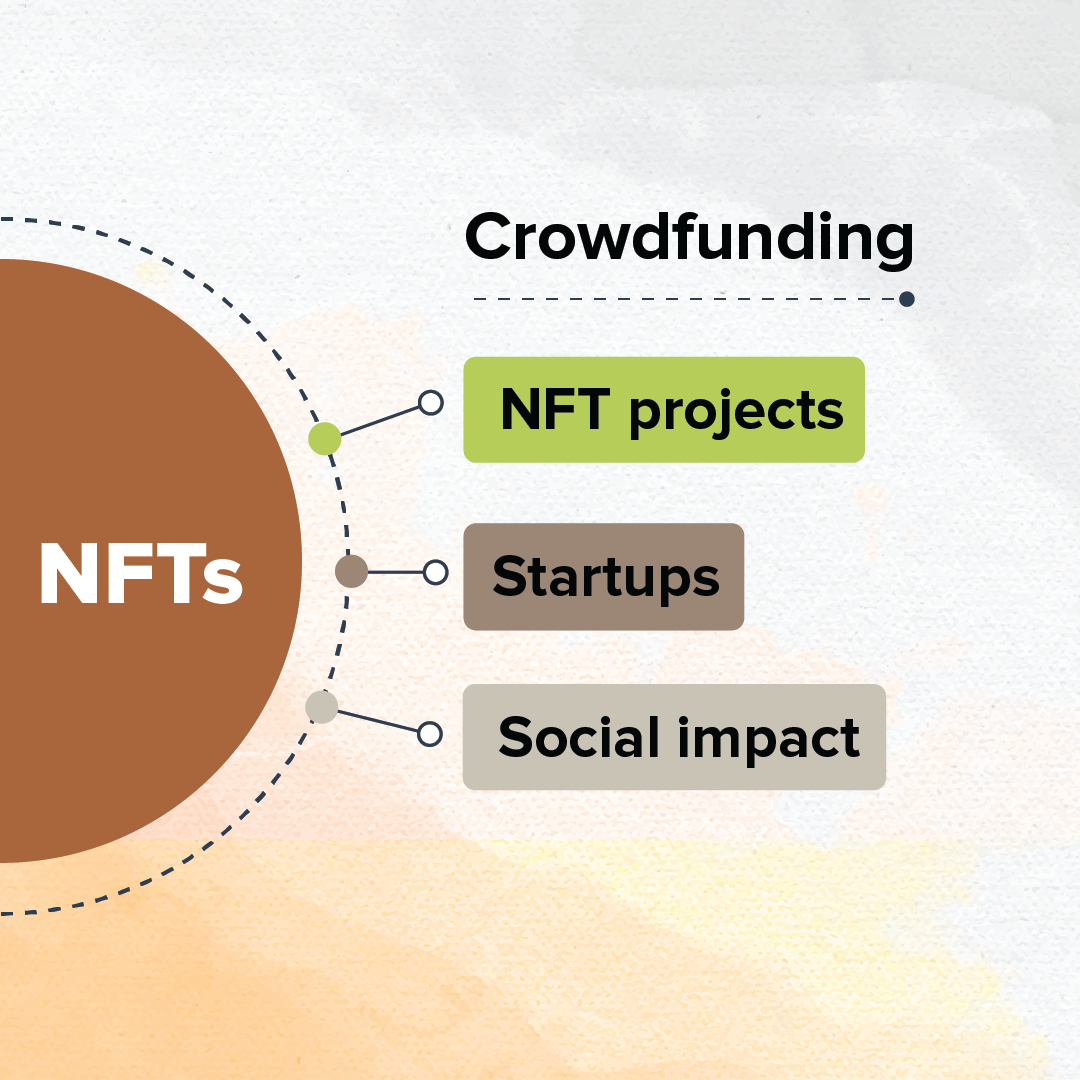
How one can buy NFTs?
If you are one of those who wish to join the NFT bandwagon and start your own NFT collection, you’ll need to have access to some key things:
Then buy some cryptocurrency, (most likely ETH) against which you can purchase the NFT Exchanges like Coinbase, Kraken, NBX, and even PayPal. You’ll then be able to move it from the exchange to your wallet of choice.
You’ll want to keep fees in mind as you research options. Most exchanges charge at least a percentage of your transaction when you buy crypto.
.jpg)
